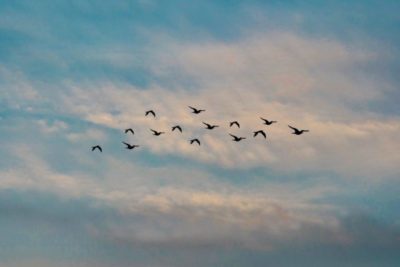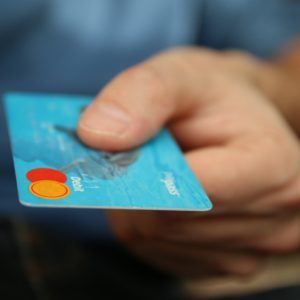
The UK government has published its roadmap (Compute Roadmap) for transforming the nation’s public computing infrastructure, to position the UK as a leader in artificial intelligence (AI) and support economic growth.
The roadmap outlines a 10-point plan to build a world-class compute ecosystem backed by up to £2 billion in public investment by 2030. It will be directly relevant to organisations active in the tech sector, but given the increasing prevalence of AI in everyday life, all businesses should have at least a high-level understanding of it.
In this briefing, we highlight the key points and potential opportunities arising from the roadmap from the perspective of UK businesses and outline the steps that businesses should be taking to capitalise on such opportunities.
What does the roadmap cover and what opportunities does it present for UK businesses?
Compute is now considered critical infrastructure (like energy and transport), but the government has identified that the UK’s public research compute ecosystem is not currently fit for purpose. Demand for compute is high and ever increasing and the global race is on to be an “AI maker”, rather than an “AI taker”. Other nations are investing heavily in compute and the UK needs to do the same to remain competitive. Also, the growing technological threat to national security and resilience, posed by the increasing pervasiveness of AI, requires the compute infrastructure to support sovereign capability in AI.
For a video of the session, which we recently delivered on insights into the implementation of AI in practice, click here.
The main points from the 10-point plan in the roadmap from a business perspective include:
- Establishing National Supercomputing Centres (NSCs): NSCs will be centres of excellence in the design, delivery, and effective use of compute, to deliver high-performance systems, large-scale datasets, trusted research environments, and national programmes for software and skills. The first NSC will be the Edinburgh Parallel Computing Centre at the University of Edinburgh, with a new national supercomputer to come online in early 2027. By serving as innovation testbeds for trialling new architectures, incubating emerging technologies, and forming international partnerships, NSCs will offer opportunities for businesses to access compute resources, and collaborate and participate in innovation programmes.
- Delivering large scale AI infrastructure via AI Growth Zones (AIGZs): AIGZs will be areas across the UK which will have enhanced access to power and support for planning approvals to enable them to serve as real-world testbeds for new technologies and AI adoption. The first AIGZ will be in Culham (Oxfordshire), at the headquarters of the UK Atomic Energy Authority. The government will be working with industry, investors and local partners to deliver projects that support the upskilling of local workforces to adopt AI. This means that proximity to AIGZs could be expected to offer strategic advantages in terms of access to infrastructure, investment and talent.
- Exploring new models for delivering the energy infrastructure that powers AI: To establish AIGZs, the government will be supporting the development of behind-the-meter, low-carbon energy solutions and designing campuses that are more self-reliant, easier to scale, and better aligned with local energy capacity. This could present opportunities, in particular, for businesses involved in low-carbon onsite generation, microgrids, battery storage, flexible demand systems, and advanced nuclear (eg, nuclear fusion and quantum technology).
- Supporting British companies to develop sustainable and secure compute technologies: In addition to AIGZs, there will be more opportunities for UK businesses as a result of, for instance, additional investment to grow the AI Research Resource (a suite of advanced supercomputers that provides AI-specialised compute capacity to researchers, academia and industry), a Grand Software Challenge and Skills Programme to be launched in 2026, and Community Centres of Excellence to provide domain-specific user support.
What steps should businesses take to capitalise on the roadmap?
There are number of things that businesses should be doing (if they are not already) in response to the roadmap, including:
- Evaluate your organisation’s current and future compute needs.
- Prepare to upskill your workforce.
- Consider applying for access to public compute resources.
- Consider location strategy and proximity to AIGZs.
- Explore potential opportunities for co-investment and collaboration, particularly in AIGZs.
- Look out for government tenders for infrastructure, software and services.
Monitor future developments, including government announcements on AI regulation (including a new procurement framework for compute) and international partnerships, and a full strategic refresh of the roadmap in 2030.
For further information or questions around AI and advanced computing, please get in touch with a member of our team.
Our content explained
Every piece of content we create is correct on the date it’s published but please don’t rely on it as legal advice. If you’d like to speak to us about your own legal requirements, please contact one of our expert lawyers.








